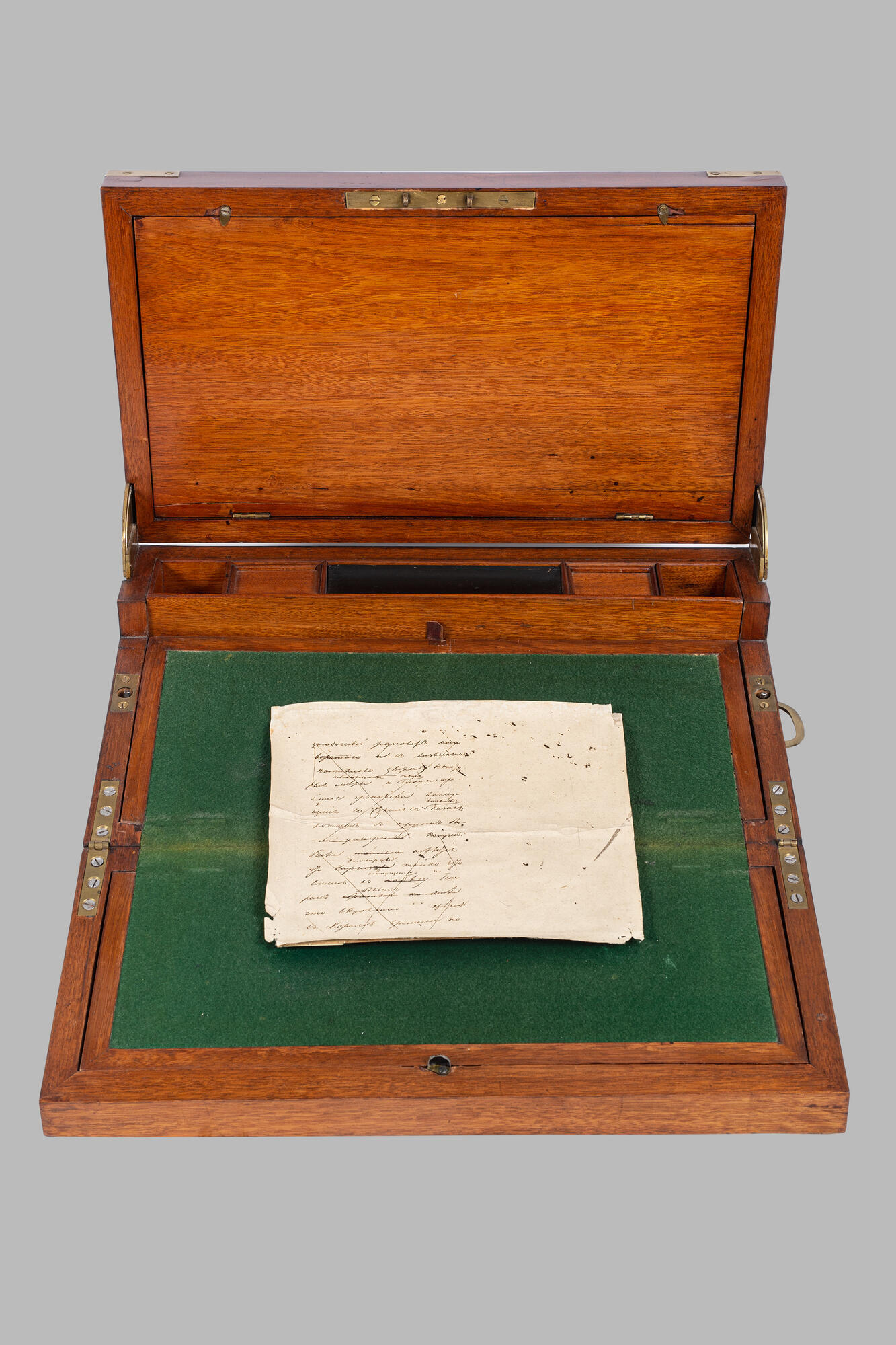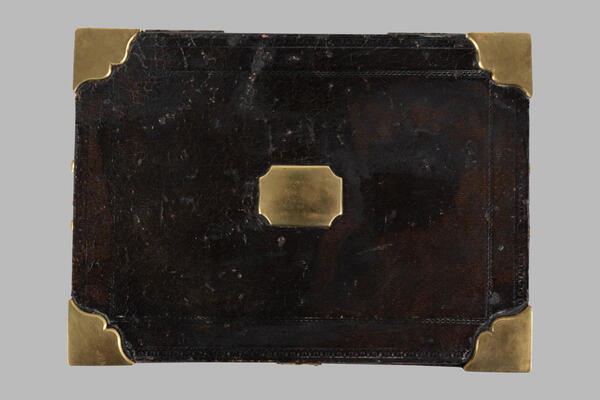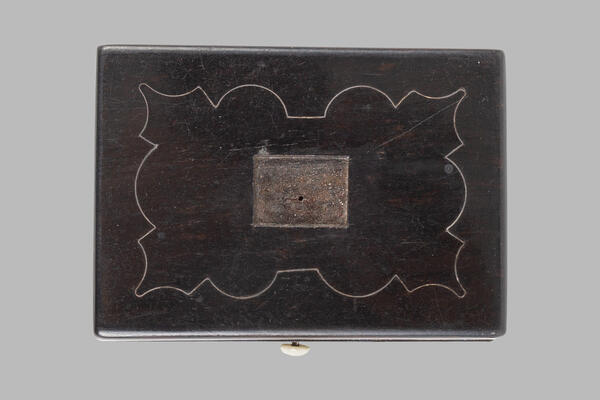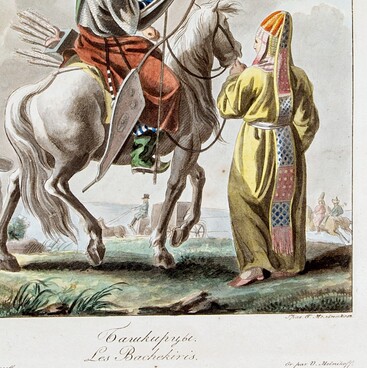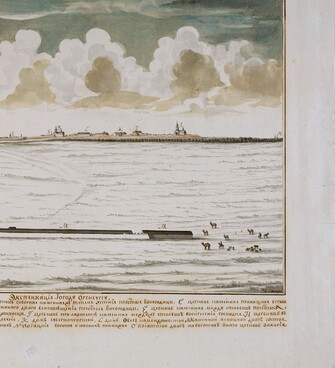Roads in Alexander Pushkin’s time were quite terrible and travelers faced certain difficulties: they had to bring a lot of things with them to make their journey more comfortable and convenient. In addition to clothes, people would put household utensils and samovars in chests. Some would even bring furniture on the road. Special chests for utensils were called pogrebtsy (from the Russian word “pogrebat” — “to hide”). Toiletries were stored in special cases made of various types of wood — redwood, cypress, rosewood. They were decorated to one’s taste and in accordance with the owner’s financial abilities.
Travel boxes were most peculiar among all other travel accessories. There were different boxes for men and women; some had a double bottom and secret compartments. Men’s boxes contained glasses, folding boot hooks, and an awl, while women’s boxes easily transformed into travel dressing tables, with compartments to store sewing accessories and mirrors. No traveler could do without a travel box for stationery. Such a box could be used as a writing desk, had a folding tabletop covered with cloth, and several secret drawers and compartments where securities and other valuable items were hidden.
A detailed description of a travel box is given by
Pavel Ivanovich Chichikov, the protagonist of Nikolai Gogol’s poem “Dead
Souls”:
